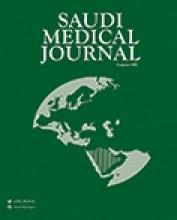Abstract
OBJECTIVE: To estimate the prevalence and clinical spectrum of gastroesophageal reflux disease (GERD) in a young population and evaluate the risk factors.
METHODS: This cross-sectional study using a reliable and valid questionnaire was performed during June and July 2005, on randomized selection of 620 students form Azad University of Tabriz. Gastroesophageal reflux disease was defined as at least weekly heartburn and/or acid regurgitation.
RESULTS: Mean age (± SD) of the responders was 22.48 ± 1.98 years. The prevalence of heartburn and/or acid regurgitation experienced at least weekly was 6.3% and monthly was 13%. The severity of symptoms was mainly of a mild to moderate degree. There was no difference in prevalence of any GERD symptom between 2 genders and it was not associated with age of the study population. A frequent symptom of GERD was reported more among subjects with atypical symptoms. There was no relation between marriage status and prevalence of GERD. On the other hand, GERD was less common among subjects with no family history of upper gastrointestinal disease and students in higher rank fields. Increased body mass index (but no recent weight gain or lose) and drinking coffee and tea was associated with higher prevalence of GERD symptoms.
CONCLUSION: This study as the first study using a valid questionnaire reveals a high prevalence of frequent GERD symptoms in a young population of Tabriz. Atypical symptoms should be considered in this area.
- Copyright: © Saudi Medical Journal
This is an open-access article distributed under the terms of the Creative Commons Attribution-Noncommercial License (CC BY-NC), which permits unrestricted use, distribution, and reproduction in any medium, provided the original work is properly cited.






